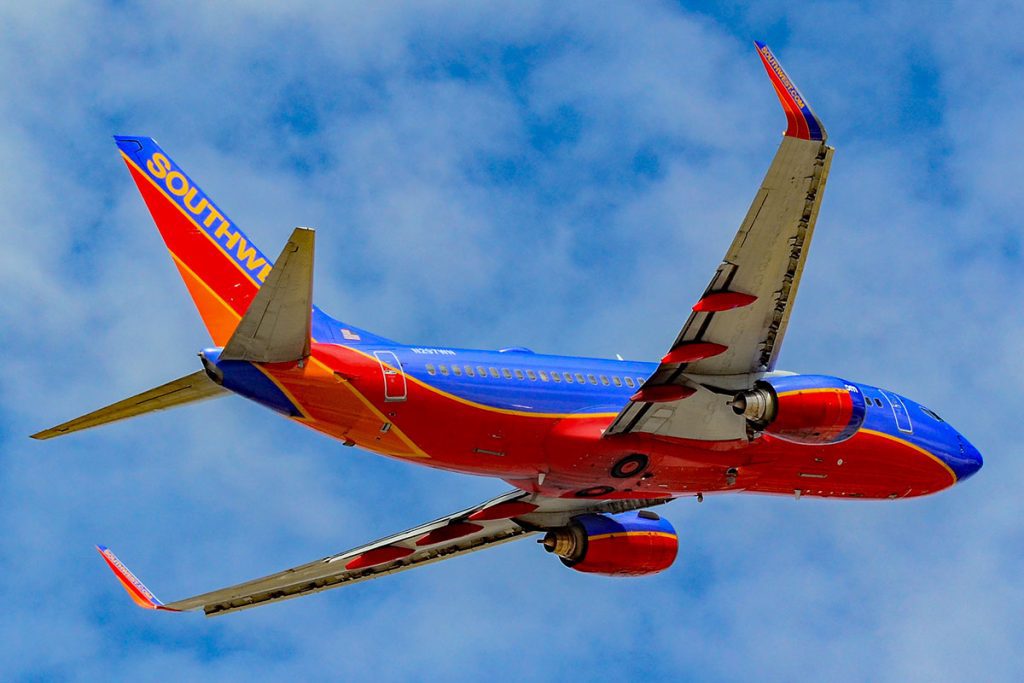
Skift Take
Southwest Airlines is developing its own ecosystem for renewable jet fuel, meant to provide more guaranteed access as production is scaled.
Southwest Airlines has acquired a startup that makes renewable ethanol, which can be used to make jet fuel.
The startup, Saffire Renewables, is now part of the airlineâs wholly owned subsidiary, Southwest Airlines Renewable Ventures. Terms were not disclosed.
Southwest launched the subsidiary in February to focus on replacing 10% â roughly 200 million gallons per year â of its total jet fuel consumption with whatâs known as sustainable aviation fuel (SAF) by 2030.
North Dakota-based Saffire makes ethanol using corn stover, the leftovers of corn plants post-harvest. Saffire said the U.S. produces 400 million tons of corn stover each year, and it takes one ton of the dried material to make 50 gallons of jet fuel.
The tech that Saffire uses was developed at the U.S. Department of Energy’s National Renewable Energy Laboratory. The lab has issued an exclusive license to Saffire for the use of that tech to build its business.
Southwest first invested in Saffire during the first phase of its pilot in 2022. Following the acquisition, Saffire plans to set up pilot plant operations at the Conestoga Arkalon Energy ethanol facility in Kansas.
Saffire plans to convert 10 tons of corn stover into ethanol each day at the plant. Then, the plan is for that ethanol to be converted into jet fuel by the startup LanzaJet.
Southwest in February said it invested $30 million in LanzaJet to further develop and scale its tech, which converts low-carbon ethanol to jet fuel. LanzaJet plans to open a production facility in the U.S., and Southwest plans to be the anchor customer.
Paired with other measures like hybrid electric engines, adopting SAF is expected to account for 65% of what needs to be done for the global airline industry to meet its goal of reaching zero emissions by 2050, according to the International Air Transport Association. Achieving that would require producing 118.9 billion gallons of SAF by that time.



